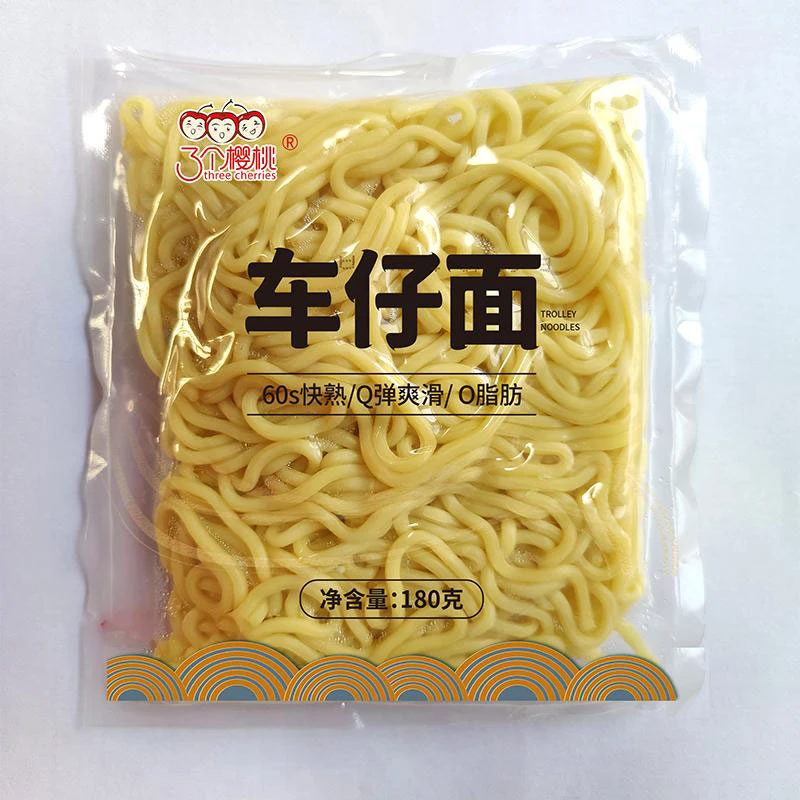are buckwheat noodles good for diabetics
Are Buckwheat Noodles Good for Diabetics?
When managing diabetes, choosing the right foods is crucial. Carbohydrate intake impacts blood sugar levels significantly, and individuals with diabetes often seek alternatives to traditional pasta and noodles. Buckwheat noodles, also known as soba noodles in Japanese cuisine, have gained popularity as a potential healthful option. But are they really good for diabetics? Let’s explore the properties of buckwheat noodles and how they fit into a diabetic diet.
What Are Buckwheat Noodles?
Despite their name, buckwheat is not related to wheat and is naturally gluten-free. It is a seed from the plant Fagopyrum esculentum and is classified as a pseudocereal. Buckwheat noodles are typically made from whole buckwheat flour mixed with water, yielding a noodle that has a distinctive earthy flavor and a firm texture.
Nutritional Profile
One of the most significant advantages of buckwheat noodles is their nutritional content. A typical serving of buckwheat noodles contains a moderate amount of carbohydrates compared to regular wheat noodles. It is also rich in dietary fiber, protein, vitamins (such as B vitamins), and minerals (like magnesium, iron, and zinc).
The fiber content is particularly noteworthy, as high-fiber foods can slow down the digestion process, leading to a more gradual release of glucose into the bloodstream. This characteristic is beneficial for diabetics as it helps maintain stable blood sugar levels.
Glycemic Index and Blood Sugar Control
The glycemic index (GI) measures how quickly a food raises blood sugar levels. Foods with a low GI (55 or lower) are often recommended for people with diabetes. Buckwheat noodles have a moderate GI, generally around 40-55, depending on the preparation method. This means they can lead to a slower rise in blood sugar compared to high-GI foods.
By including buckwheat noodles in meals, individuals with diabetes may experience fewer blood sugar spikes, especially when paired with protein and healthy fats, which can further stabilize blood sugar levels
.are buckwheat noodles good for diabetics

Potential Health Benefits
Beyond their favorable GI, buckwheat noodles offer several health benefits that are particularly pertinent to individuals with diabetes
1. Antioxidant Properties Buckwheat contains antioxidants like rutin and quercetin, which help combat oxidative stress. This is essential because individuals with diabetes are at higher risk of complications due to increased oxidative stress.
2. Heart Health Consuming whole grains, such as buckwheat, is linked to improved heart health. Managing cardiovascular health is crucial for diabetics, given that they are at greater risk of heart disease.
3. Weight Management The fiber in buckwheat helps with satiety, potentially aiding in weight management. Maintaining a healthy weight can contribute to better blood sugar control.
How to Incorporate Buckwheat Noodles into Your Diet
Buckwheat noodles can be versatile in the kitchen. Here are a few tips on how to incorporate them into your meals
- Salads Cold buckwheat noodle salads can be refreshing. Add a variety of vegetables, lean proteins (like chicken or tofu), and a light vinaigrette dressing. - Stir-Fries Use buckwheat noodles in stir-fried dishes. Combine them with colorful vegetables and a protein source for a balanced meal. - Soups Buckwheat noodles can add substance to soups. They pair well with broths, vegetables, and lean meats.
Conclusion
In conclusion, buckwheat noodles can be a good option for diabetics, thanks to their nutritional benefits, moderate glycemic index, and potential health advantages. While keeping portion sizes in check and balancing the meal with other nutritious foods is essential, including buckwheat noodles in a diabetic-friendly diet offers a tasty and healthy alternative to traditional noodles. As always, individuals should consult with healthcare professionals or a registered dietitian when making significant changes to their diet. With thoughtful planning, buckwheat noodles can indeed be part of a balanced diet for those managing diabetes.
-
Unleash Your Inner Chef with Delectable Italian Pasta CreationsNewsAug.01,2025
-
Savor Health and Flavor: Irresistible Soba Noodles for Sale Await!NewsAug.01,2025
-
Nourish Your Body with Premium Organic Ramen - A Culinary Delight AwaitsNewsAug.01,2025
-
Elevate Your Dishes with Our Exquisite Kinds of Egg NoodlesNewsAug.01,2025
-
Dive into Flavorful Convenience with Our Ramen OfferingsNewsAug.01,2025
-
Discover Exquisite Types of Naengmyeon and Chilled Soba NoodlesNewsAug.01,2025
-
Is Whole Wheat Pasta Healthy?NewsMay.30,2025
Browse qua the following product new the we

















































































































